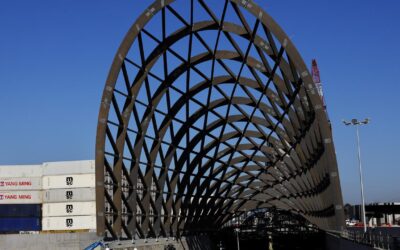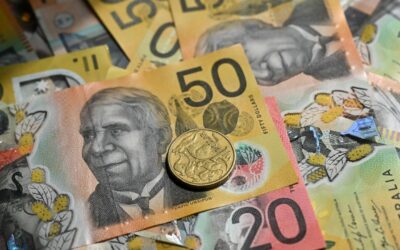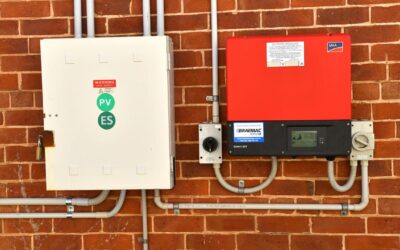Sorry, that’s old news…
You’ve found an older news story. We delete stories from our AAP News Feed after two months. But fear not, here’s today’s news!

Treasurer Jim Chalmers has revealed billions of dollars in savings as other projects in the budget blow out amid ...

Australia is in mourning after a gunman opened fire on Bondi Beach, killing 11 people in an attack designed to ...

Police are responding to reports dozens of shots have been fired at Bondi Beach, with emergency services on site.

A long-awaited tunnel project promising to ease congestion in one of Australia's biggest cities has officially ...

A slowing economy has hit the luxury car market in China as demand for foreign luxury cars wanes as customers opt ...

The federal treasurer says he's booked another $20 billion in savings in the budget update, but is keeping mum on ...

Shoppers have been promised a fairer price at the checkout under laws to crack down on purported price-gouging by ...

Government backing for home batteries will be dialled down for larger systems in a move spruiked as a way to keep ...
No results found.
Background image courtesy victoriancollections.net.au